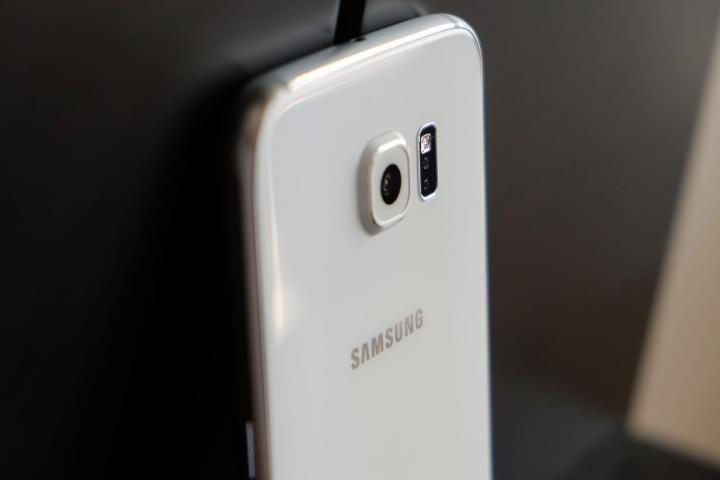
Speaking at the event, Kyushik Hong, who works for the company’s LSI chip division, shared how Britecell has enhanced light sensitivity in low light conditions, resulting in less distortion and a reduction in color fuzziness. That’s not all. The module is 17-percent lower in height — that’s about a millimeter, so better than nothing — than existing Samsung Isocell camera modules, which could mean a less pronounced hump around the camera lens on future smartphones.
Other features of the single micron Britecell camera module include super-fast phase detection autofocus (PDAF), and Smart WDR, an HDR-style photo feature already used in Samsung’s cameras. Exactly how pictures taken using a Britecell-branded camera modules will differ from those taken with an Isocell camera will only become clear when the technology makes its debut. Cameras are a major selling point on high-end smartphones, meaning there’s a good chance Samsung will install a Britecell camera on one or more of its flagship phones next year.
The next big release that’s expected from Samsung is the Galaxy S7, which is rumored for announcement sometime during the first months of next year. Britecell camera technology has already been linked with the phone, after a trademark application for the name was discovered recently. However, Samsung hasn’t provided a launch date for Britecell yet, so it’s entirely possible the tech won’t be ready in time for the Galaxy S7, and may be held until the second half of the year, when we traditionally see a new Galaxy Note phone.
Editors' Recommendations
- When is my phone getting Android 14? Here’s everything we know
- Samsung just killed one of its most important Android phones
- Samsung just did something strange to its newest Android phone
- There’s a big problem with Samsung’s new Android tablets
- How one bad decision is ruining all of Samsung’s new phones

